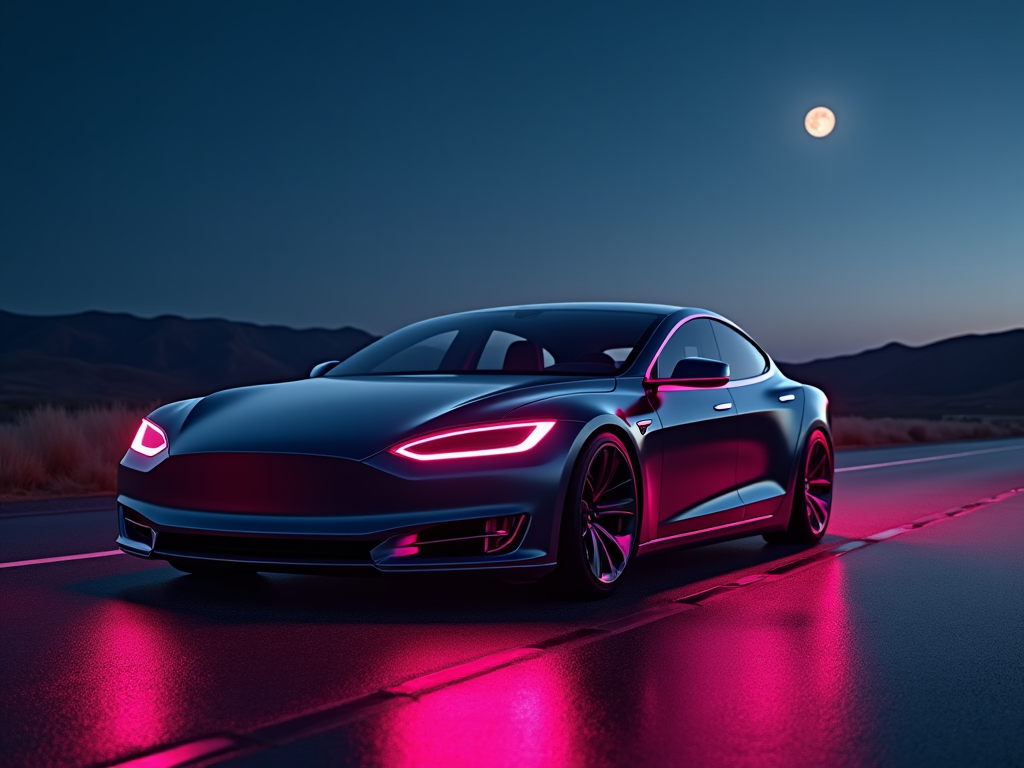Key Points:
• The Tesla Model S continues to lead the electric vehicle market with its impressive range, performance, and advanced technology features.
• Recent updates include a return to a traditional steering wheel as standard, with the yoke-style wheel now optional, reflecting Tesla’s commitment to user experience and comfort.
Introduction to the Tesla Model S
The Tesla Model S is a groundbreaking all-electric luxury sedan that has redefined the automotive landscape since its introduction in 2012. Designed and manufactured by Tesla, Inc., the Model S has become synonymous with cutting-edge technology, impressive performance, and sustainable transportation. It is part of the first generation of the Model S, which has been continuously updated to incorporate new features and technologies.
Performance and Range
One of the most notable features of the Tesla Model S is its exceptional performance. The top-tier Plaid model can accelerate from 0 to 60 mph in just 2.3 seconds, rivaling some of the world’s fastest supercars. This incredible acceleration comes from its tri-motor setup, delivering a total output of 1,020 horsepower. The Long Range model boasts an impressive estimated range of up to 405 miles per charge, making it an ideal choice for long-distance travel.
Advanced Technology and Features
Tesla has equipped the Model S with a suite of advanced technologies. The large central touchscreen display controls most of the car’s functions, from climate control to navigation. The Model S also features over-the-air software updates, allowing the vehicle to improve over time. The Enhanced Autopilot package includes features like auto lane change, auto parking, and Smart Summon. While the Full Self-Driving Capability (FSD) package is available, it’s still in its early stages and has been associated with accidents due to AI decision-making issues, making it a less recommended option currently.
Interior and Design
The Model S features a sleek, minimalist interior design that emphasizes simplicity and functionality. Recent updates include a return to a more traditional steering wheel as the standard option, with the yoke-style steering wheel now available as an option. The spacious cabin offers ample room for passengers, and the front and rear trunks provide generous cargo space. Externally, the Model S showcases an aerodynamic design with aggressive haunches housing 19-inch low-drag wheels as standard, with 21-inch wheels available. The car also features a tinted glass roof and a power-operated trunk lid, enhancing its premium feel.
Environmental Impact and Warranty
As an all-electric vehicle, the Model S produces zero direct emissions, contributing to reduced air pollution. When charged using renewable energy sources, it can significantly lower an individual’s carbon footprint compared to traditional gasoline-powered vehicles. The Model S comes with a comprehensive warranty package, including a four-year/50,000-mile limited warranty and an eight-year/150,000-mile warranty for the battery and drive components, providing peace of mind for owners.
Conclusion
The Tesla Model S continues to play a crucial role in accelerating the adoption of electric vehicles worldwide. Its combination of performance, range, and advanced features challenges preconceptions about electric cars and sets new standards for the automotive industry. As Tesla continues to innovate, the Model S remains at the forefront of the electric vehicle revolution, inspiring both established automakers and new entrants to push the boundaries of sustainable transportation.













